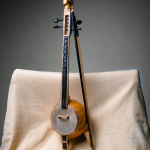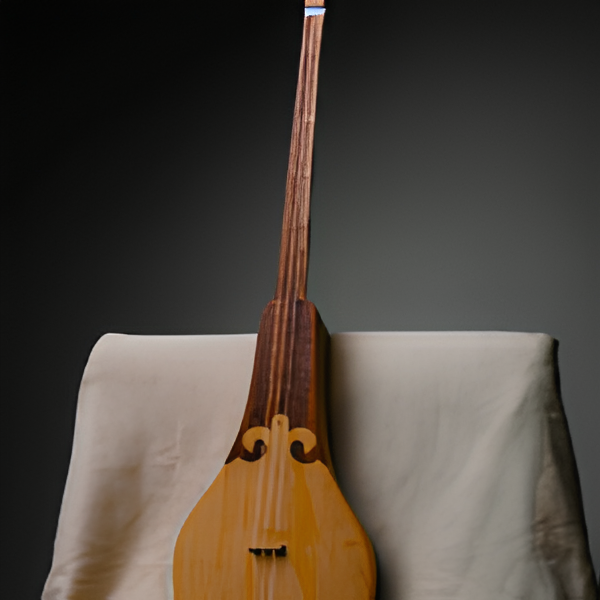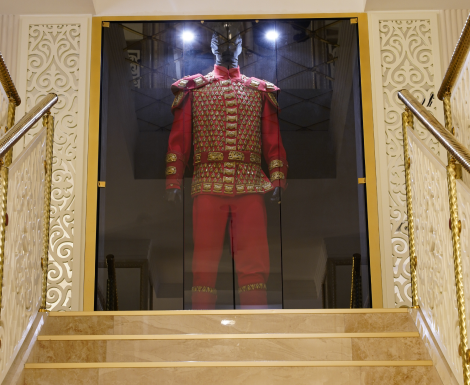A Gift from Admirers in Turkey
DAIDIDAU.KZ
DAIDIDAU.KZ
DAIDIDAU.KZ
DAIDIDAU.KZ
DAIDIDAU.KZ
DAIDIDAU.KZ
DAIDIDAU.KZ
DAIDIDAU.KZ
DAIDIDAU.KZ
DAIDIDAU.KZ
DAIDIDAU.KZ
DAIDIDAU.KZ
DAIDIDAU.KZ
DAIDIDAU.KZ
DAIDIDAU.KZ
DAIDIDAU.KZ
DAIDIDAU.KZ
DAIDIDAU.KZ
DAIDIDAU.KZ
DAIDIDAU.KZ
DAIDIDAU.KZ
DAIDIDAU.KZ
DAIDIDAU.KZ
DAIDIDAU.KZ
DAIDIDAU.KZ
- ThePlus Audio


KABAK KEMANE
The Kabak Violin is a unique two- or three-stringed instrument originating from Central Asia, which has preserved its main features from ancient times to the present day. The name originates from the words "kabak" – "pumpkin" and "keman" – meaning "bow" in the past and "violin" in modern music.
It is made from gourd and leather. To make the instrument, the pumpkin is cut at the base, covered with leather, and attached to a wooden handle. The bow, made from horsehair, is the tool for producing sound. Over time, the number of strings on the instrument increased to four or even seven.
Usually, the kabak is played while sitting, with one leg crossed over the other. The instrument's lower spike rests in the shoe on the right foot, positioning the upper part at shoulder height. The kabak can be used either as a solo instrument or as accompaniment. Most often, it performs rhythmic pieces in the style of uzyn kyu (long song) or dance numbers, such as zeibek (solo or group dances where dancers alternately take turns performing movements). In songs with both male and female roles, the kabak can serve as a built-in female voice part.







